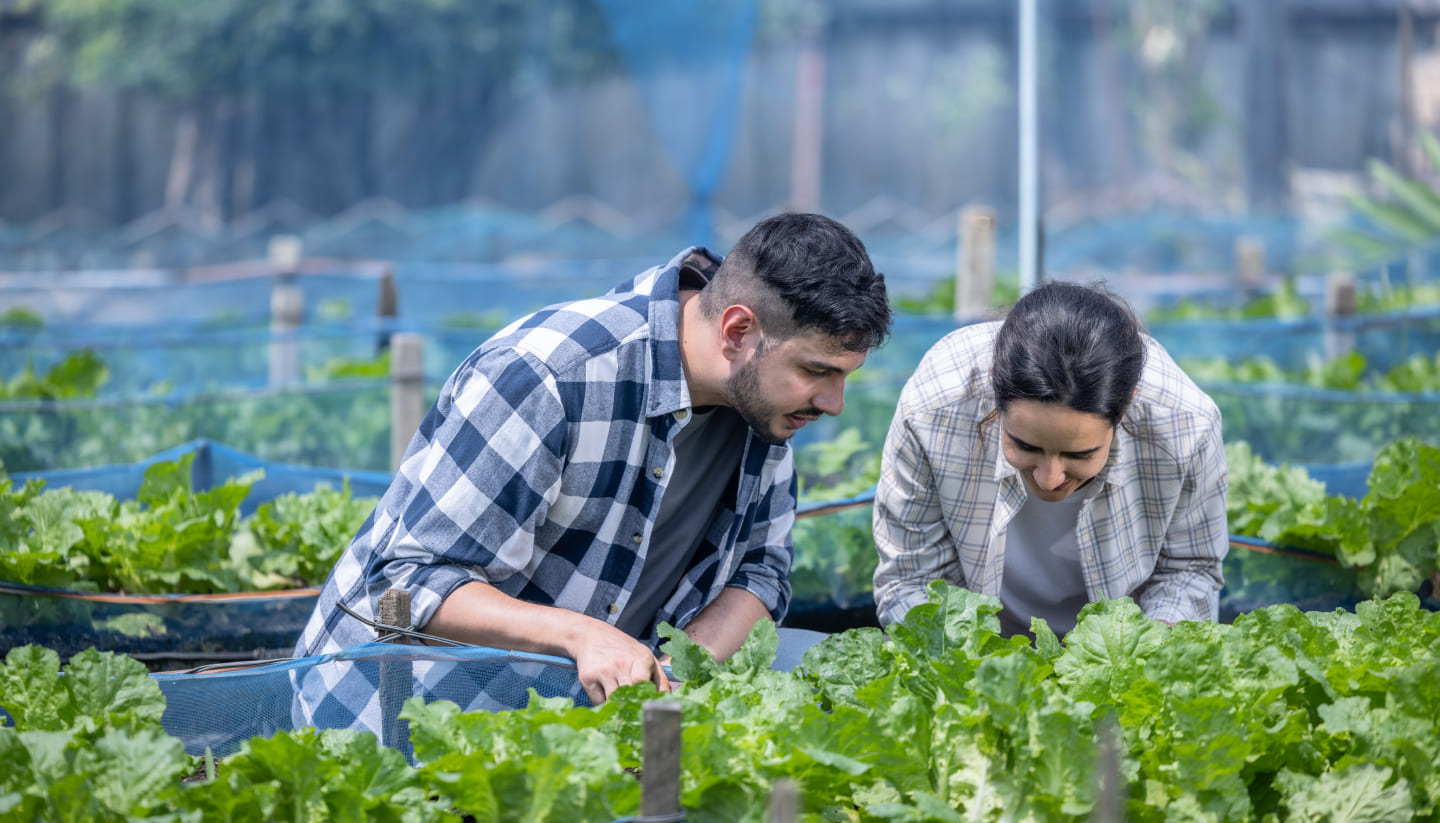22 Jan 2025
The Future of Farming: Soilless Agriculture Powered by Artificial Intelligence
Learn MoreIndia, with its growing population and evolving agricultural landscape, is facing numerous challenges, including limited arable land, water scarcity, and urbanization. These factors make it an ideal candidate for embracing hydroponics—a sustainable and efficient farming method. While still in its early stages, India is steadily building momentum towards a hydroponic revolution. Here’s an in-depth look at the key reasons why India is becoming increasingly ready for hydroponics:
India is urbanizing at an unprecedented rate, with millions moving to cities each year. As urban areas expand, arable land is shrinking, creating a demand for innovative solutions like hydroponics that allow for urban farming in compact spaces. Vertical hydroponic farms, rooftop gardens, and indoor farming setups are emerging as practical solutions to grow fresh produce near urban centers, reducing the need for extensive transport and ensuring food security in densely populated areas.
With limited space for conventional farming in cities, hydroponics can thrive in non-traditional environments like rooftops, abandoned buildings, and basements, making it a perfect solution for India’s urban challenges. Vertical farming setups, which use hydroponics, can yield high productivity in a small footprint—providing year-round fresh produce directly within city limits.
India faces acute water shortages, especially in regions like Rajasthan, Gujarat, and Maharashtra. Traditional agriculture, which relies heavily on water for irrigation, is unsustainable in these areas. Hydroponics, by contrast, uses up to 90% less water than traditional farming, as it recycles water within closed systems, preventing waste. This makes hydroponics a critical solution for regions battling drought and groundwater depletion.
Moreover, hydroponics eliminates the need for soil, reducing the risk of soil degradation and contamination, which are growing concerns in India due to over-farming, overuse of fertilizers, and deforestation.
India is witnessing significant growth in agri-tech startups and innovations that are making hydroponics more accessible and scalable. Technologies such as automated nutrient delivery systems, AI-powered growth monitoring, and IoT-based sensors are helping farmers optimize their hydroponic systems. These advancements reduce the labor-intensive nature of traditional farming while ensuring precise nutrient management, better yields, and faster growth cycles.
The emergence of low-cost sensors and affordable automation tools makes it easier for Indian farmers and entrepreneurs to adopt and maintain hydroponic systems. Additionally, data-driven decision-making tools, coupled with India’s growing tech-savvy population, are positioning hydroponics as a viable solution for modern farming.
As Indian consumers become more health-conscious and demand pesticide-free, organic produce, hydroponics offers a solution to meet these demands. Hydroponically grown crops are often healthier and free from harmful pesticides, as the controlled environment significantly reduces the need for chemical interventions.
In major cities like Bangalore, Mumbai, and Delhi, there is a growing trend toward consuming organic and locally-grown food, driven by concerns over food safety and quality. Hydroponics can cater to this increasing demand for fresh, nutrient-rich produce while ensuring transparency in the growing process, which appeals to the health-conscious Indian consumer.
Recognizing the potential of hydroponics in addressing food security and sustainability, the Indian government has started supporting hydroponic farming through various schemes and subsidies. Programs such as Paramparagat Krishi Vikas Yojana (PKVY) and Pradhan Mantri Krishi Sinchayee Yojana (PMKSY) are focused on promoting sustainable and efficient farming methods.
In addition to these national schemes, several state governments are also offering incentives and subsidies for indoor and urban farming, encouraging entrepreneurs to invest in hydroponic ventures. This proactive approach is helping to create a conducive environment for the growth of hydroponics across the country.
While hydroponics holds immense potential, India still faces challenges in widespread adoption. High initial setup costs can be a barrier for small farmers, and a lack of awareness about the technology hinders its spread. Additionally, maintaining these systems requires technical expertise, which may not be readily available in rural areas.
To overcome these challenges, increased awareness campaigns, educational initiatives, and financial assistance will be necessary. Collaborations between the government, private sector, and agri-tech startups will also be crucial in making hydroponics more accessible to farmers at all levels.
India is at the cusp of a hydroponics revolution, driven by urbanization, water scarcity, technological advancements, and rising health consciousness. While challenges remain, the growing support from the government and private sector signals a bright future for hydroponics in the country. As technology and awareness continue to spread, hydroponics has the potential to become a key component in India’s quest for sustainable, efficient, and modern agriculture.

Join our expert-led webinar on the future of agriculture, where we explore innovative techniques in Kesar (saffron) cultivation, Hydroponics, and Aquaponics. Learn how to leverage sustainable practices to enhance yield, reduce resource consumption, and produce high-quality crops.
Reserve Spot ×